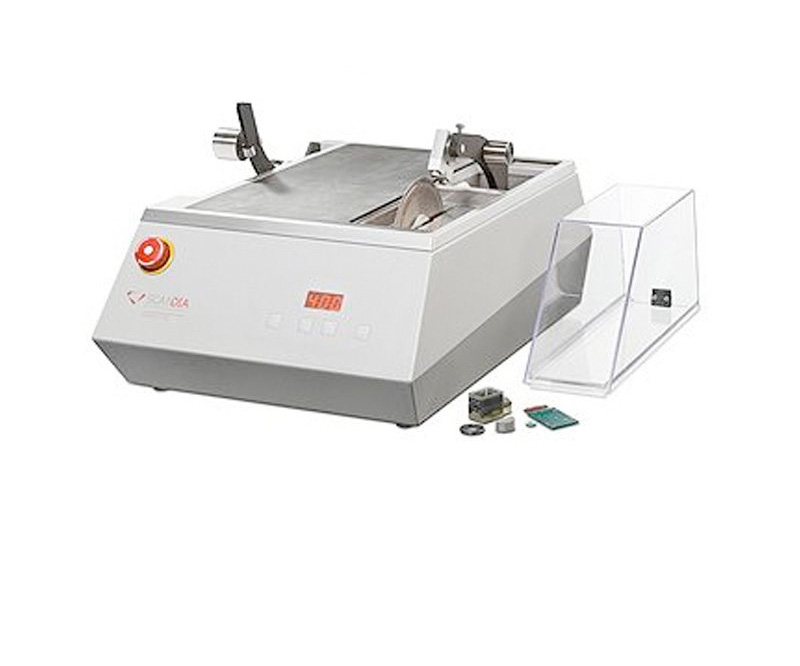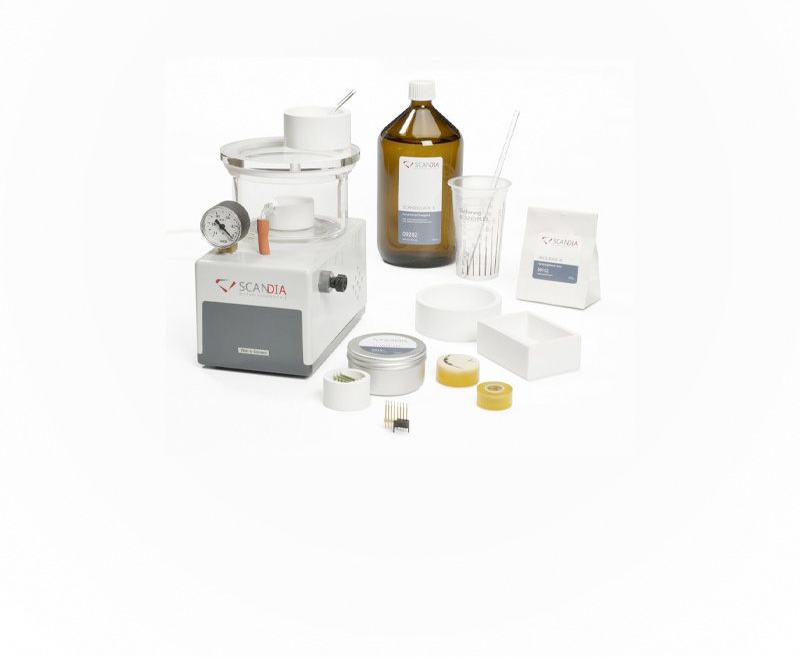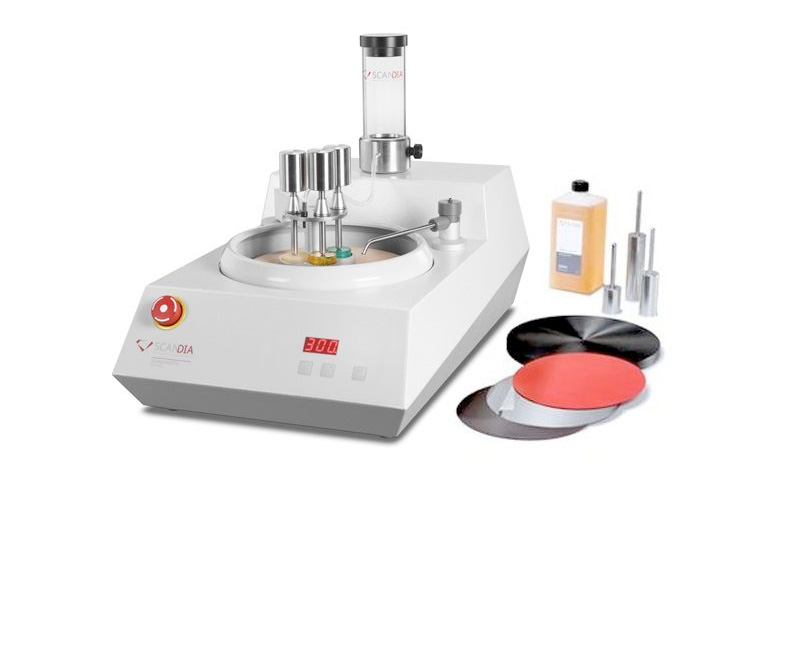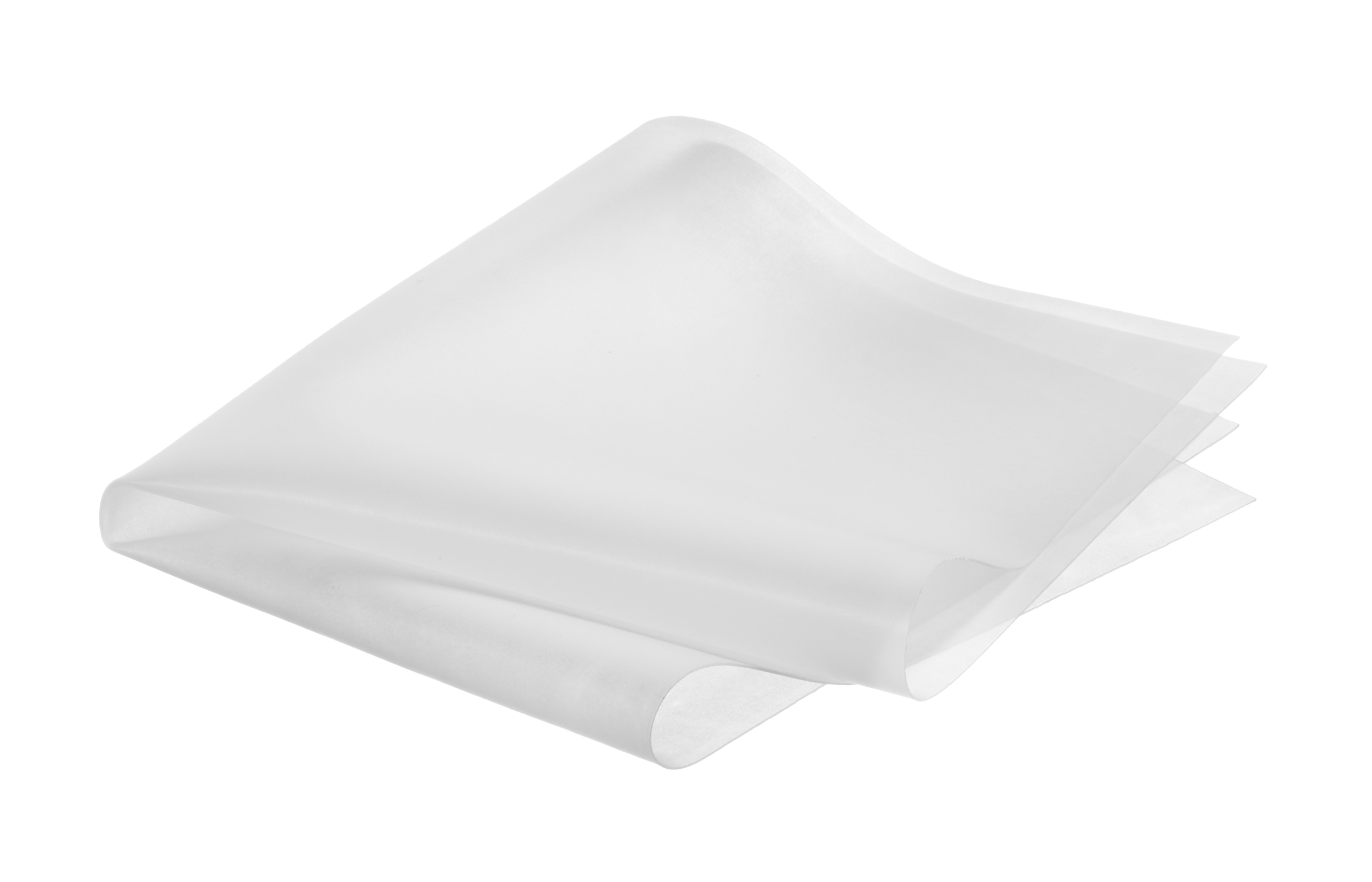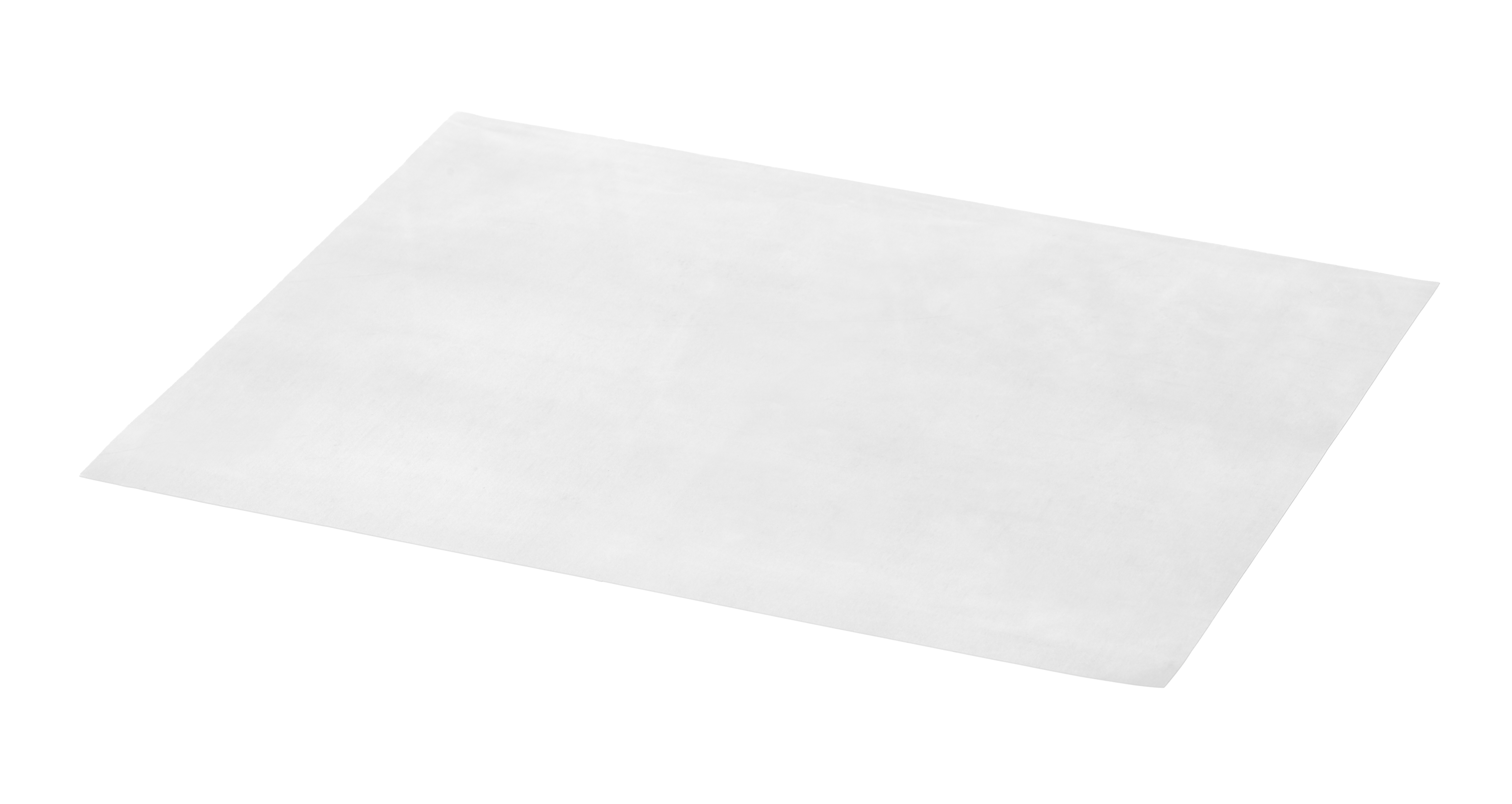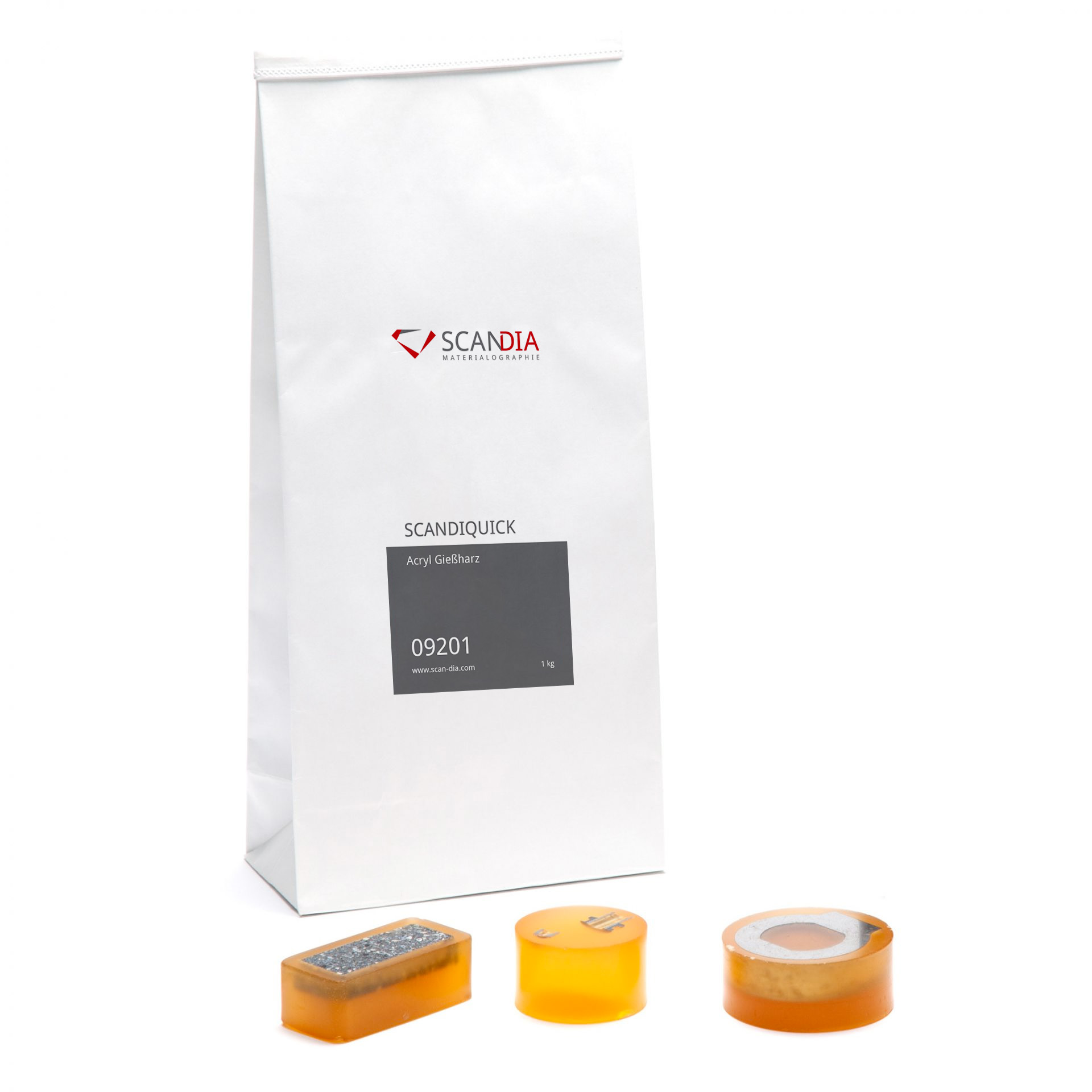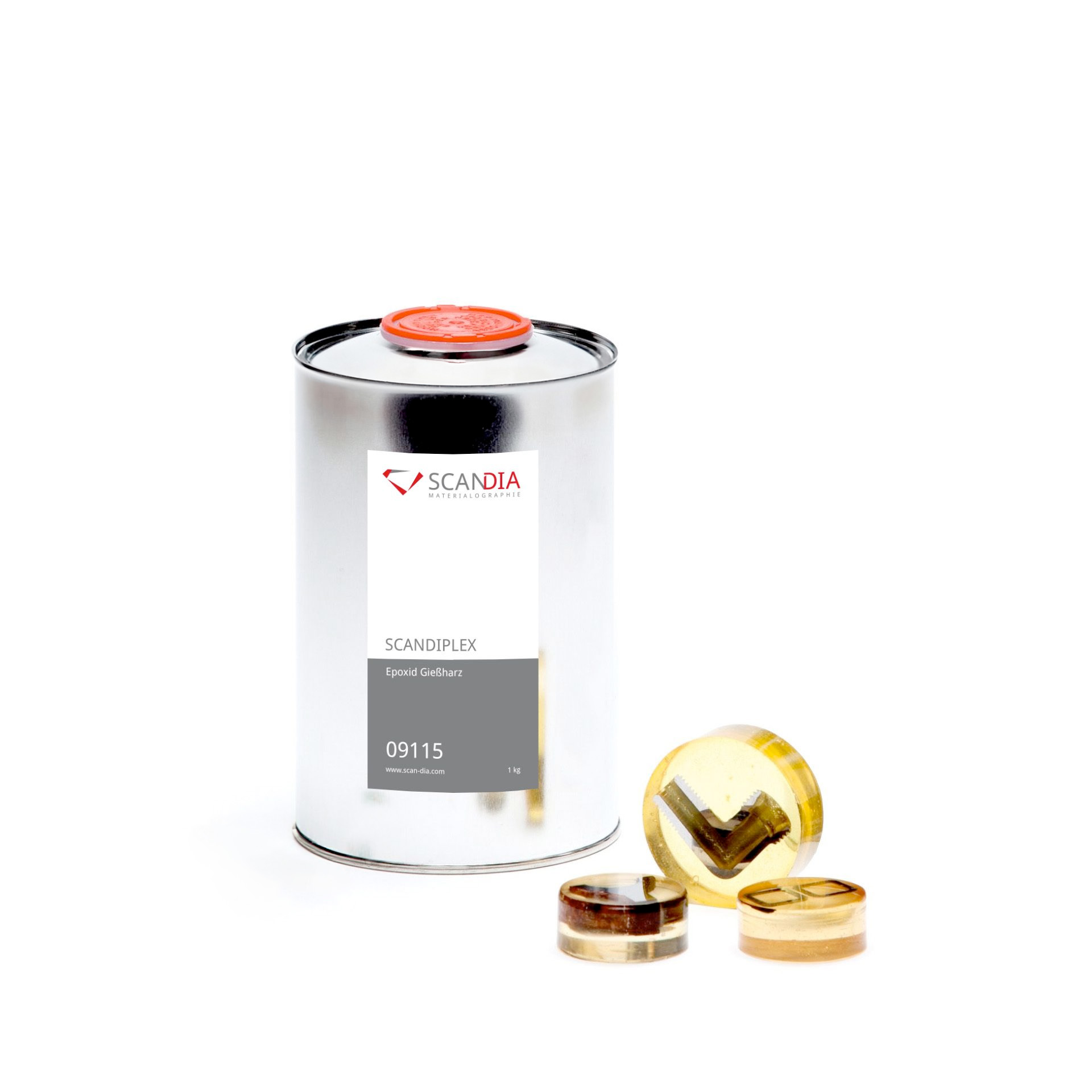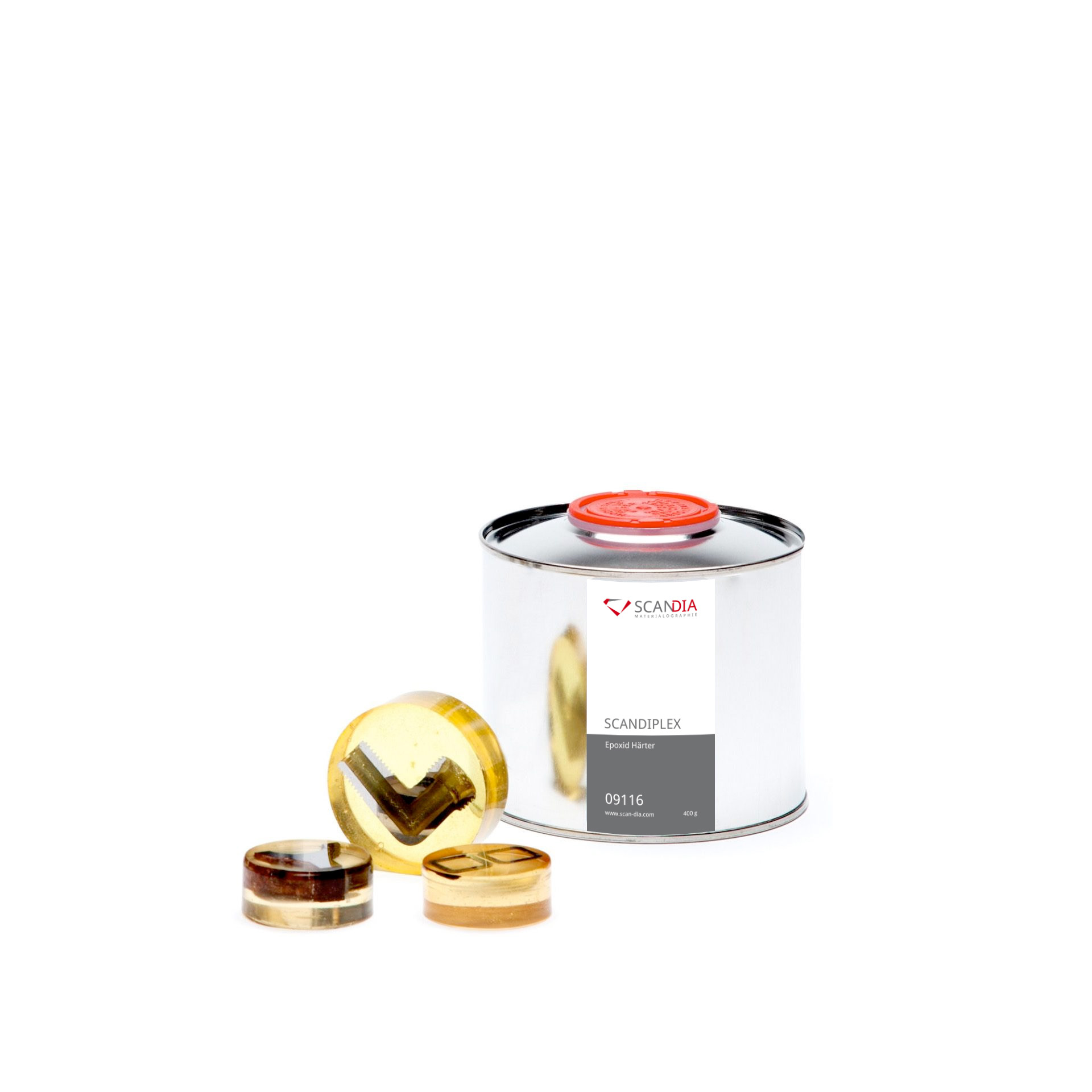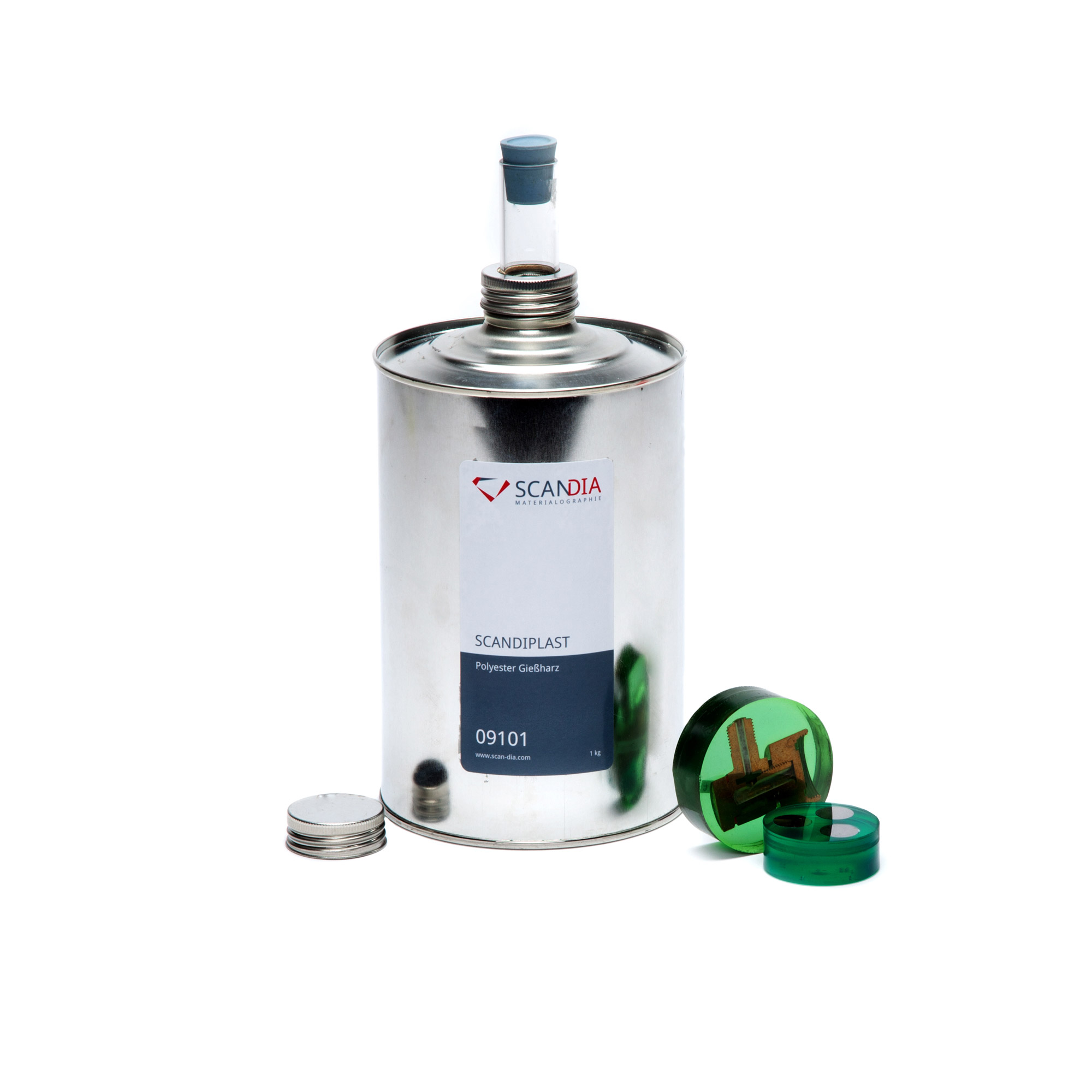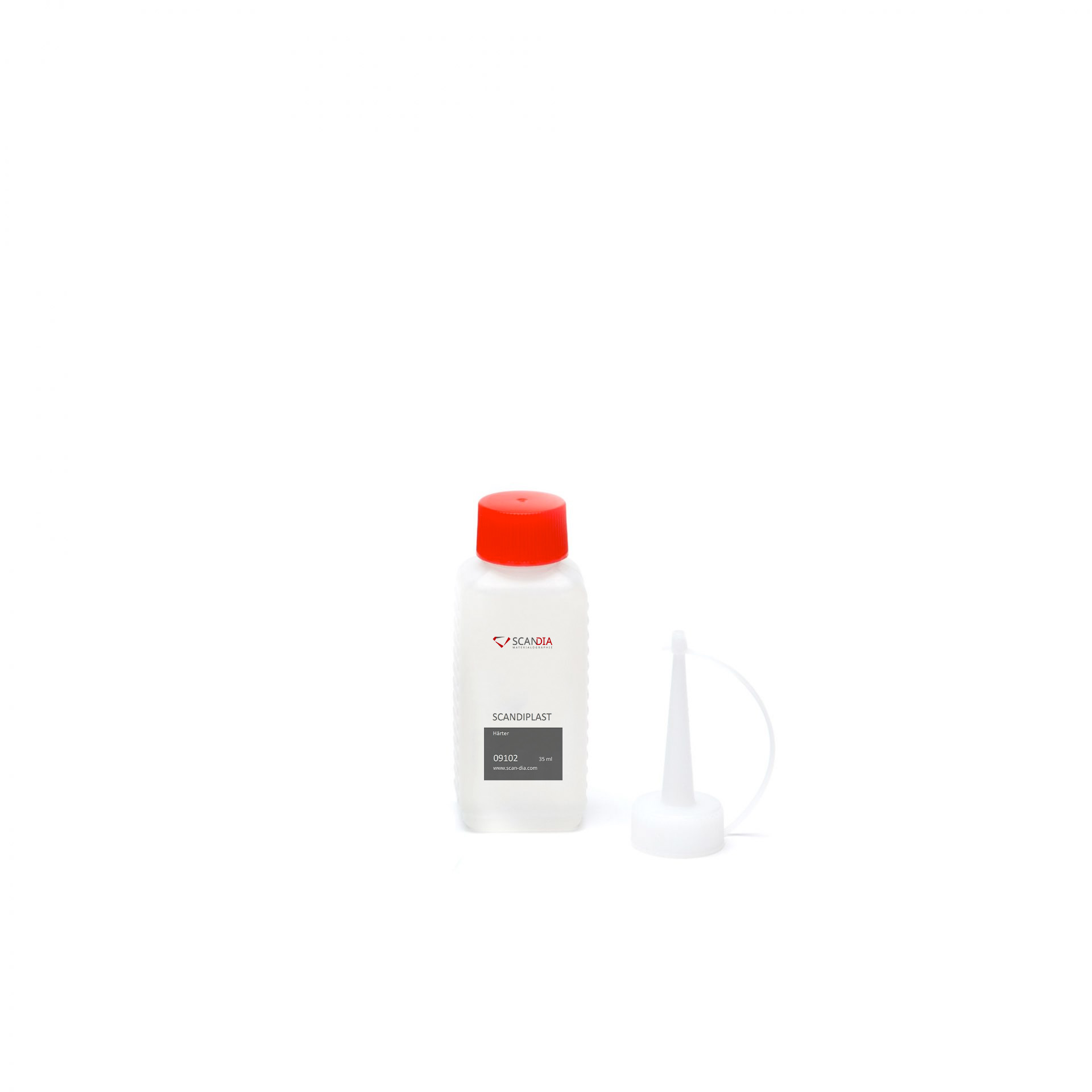Prices are hidden for your customer group
Available, delivery time: 1-3 days
Silicone rubber underlay
The silicone rubber mat, sized at 250 x 300 mm, is an essential tool in materialography. Specifically designed to optimize the sample embedding process while effectively protecting the workspace, this mat plays a crucial role in materialographic practices. The choice of silicone rubber as the primary material for the silicone rubber mat is grounded in several reasons. First and foremost, silicone rubber is known for its outstanding chemical resistance. Materialography often involves the use of various chemicals and solvents, which can be corrosive to many materials. Silicone rubber remains unaffected, maintaining its structural integrity for long-lasting and reliable performance. Furthermore, temperature resistance is a critical attribute of silicone rubber. Materialographic processes may entail varying temperatures, whether during sample embedding or preparation. Silicone rubber retains its stability and shape even under fluctuating temperature conditions. The natural softness and elasticity of silicone rubber are additional advantageous features. These characteristics contribute to the gentle handling of samples, minimizing potential damage or deformation. Moreover, the material's softness allows for even pressure distribution, crucial for the precise positioning of samples. Silicone rubber is also renowned for its easy cleaning and maintenance. The smooth surface of the material significantly facilitates the removal of chemical residues or impurities, ensuring the mat remains clean and ready for use. Last but not least, silicone rubber excels in exceptional durability and resistance to wear. Materialographic practices often involve processes that can cause a certain degree of wear. Choosing silicone rubber as the main material for the mat guarantees long-lasting performance and helps extend the lifespan of the instrument. In summary, the 250 x 300 mm silicone rubber mat meets the highest standards in terms of chemical resistance, temperature resistance, softness, elasticity, durability, and cleaning. This material selection significantly contributes to efficiency and safety in materialography, emphasizing the importance of high-quality tools in this discipline.

